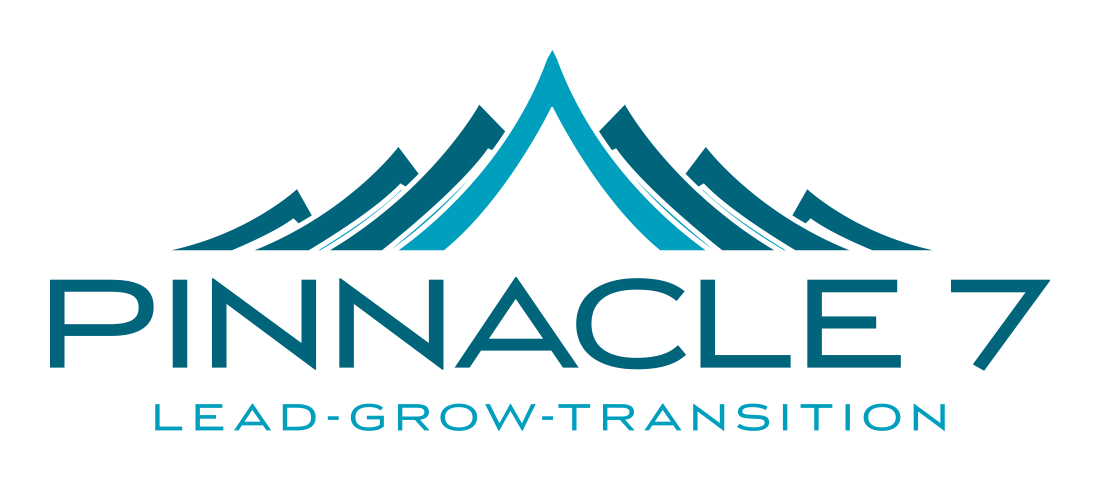
28 Jul Q: How do I improve business cash flow?
Profit and cash flow are not the same thing. In fact, more businesses fail due to lack of cash flow than due to lack of profits. So, don’t become one of the statistics: a business that goes broke while recording a healthy profit! Here’s what you need to know.
The cash flow/profit discrepancy
The most common reason for a discrepancy over cash flow and profit is the difference in timing between the making of a sale and actually receiving the money. Consider a business that sells something on credit, but doesn’t collect the money until the next month or maybe even much longer than that depending on the business terms or collection habits. In these cases, that revenue from the sale may be accrued on the income statement, but in reality the business does not have that money to spend. Cash outflows to suppliers, staff, capital and interest repayments on loans, taxation and capital expenditures; however, that outflow doesn’t stop and wait for the cash to come in.
Critical areas of focus
Forecasting and cash flow management are two critical areas of focus to ensure your business will not become another statistic.
Cash flow forecasting is the first critical step
Cash flow planning includes forecasting and tabulating cash inflow relating to sales, new loans, interest received from financing activities and then analyzing, in detail, the timing of expected outflow to suppliers, wages loans repayments, tax payments, etc. Avoid overstating sales forecasts and inaccurately predicting flow costs. Be aware of debtors’ trends and performance and never make overly optimistic assumptions regarding loans and credit availability.
On-going cash flow management should become a daily management task
- Accounts Receivables – Collect, collect, collect! Invoice immediately after the work or service has been completed. Require upfront deposits or payment in advance where possible and have your customers pay by credit card or obtain authority to debit their bank account. This way, payments are processed immediately and there is no waiting period.
- Accounts Payable – Maintain a budget and manage it! Pay your bills promptly. After you build a history of payment, negotiate extended payment terms to maximize cash retention. A supplier will often give a good customer 30- to 90-day terms.
- Focus on Sales & Marketing – A regular and dependable volume of sales is a major help to cash flow planning. Systemize your sales and marketing as much as practical to ensure you have a regular level of leads and a strong conversion rate. Offer rewards for early payment and develop a VIP program for good customers that could drive sales NOW.
- General Cash Management/Cost Reduction – Reduce direct and indirect costs. Keep overheads to a minimum. Before purchasing, set increased sales goals to justify and fund the expense. If possible, reduce inventory levels and negotiate the volume discounts available on smaller quantities. Review your cash position every week and review your Profit & Loss statement monthly. Always establish a line of credit with your bank before you need it. Use good judgment when establishing internal controls for handling cash. Use different people to reconcile your cash than you use for depositing your cash or checks.
Don’t forget…
Cash Flow is King! Within this tough economy we’ve experienced in the last five years, cash management can make or break a business. Most small businesses are undercapitalized so cash flow management is a critical piece to the financial health of the business. No one will argue the simplicity of this concept but assuring that these cash inflows and outflows are managed is the fundamental responsibility of the business owner and one that cannot be ignored. So, become cash happy!


